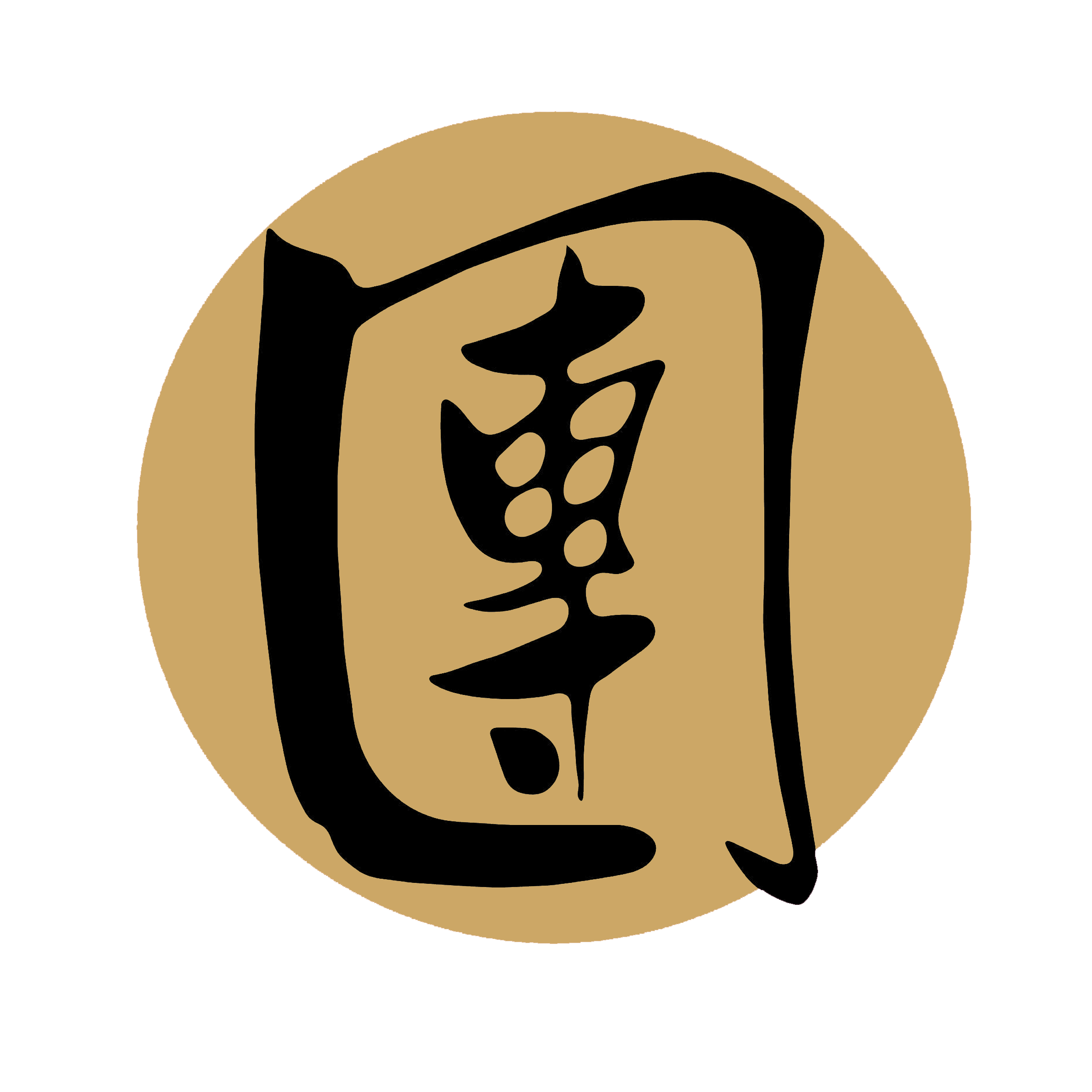26. Fu-jau: Choy Li Fut Kung Fu Technique
Fu-jau, also known as Tiger Claw, is a powerful and dynamic technique in various Chinese martial arts styles. The term "Fu-jau" translates to "Tiger Claw" in English, which accurately describes the nature and execution of this technique. In this article, we will explore the origins, applications, and significance of Fu-jau in martial arts practice. Origins and Symbolism: Fu-jau draws its inspiration from the strength, agility, and ferocity of the tiger, an animal revered for its predatory abilities in Chinese culture. Tigers are known for their powerful claws, which they use to capture and subdue their prey. The Fu-jau technique mimics the tiger's claw, employing hand movements that resemble the extension and retraction of sharp claws. Application and Execution: Fu-jau involves the formation of a claw-like hand shape, where the fingers are slightly bent and the fingertips point outward. The hand is held in a relaxed yet focused manner, ready to strike or grab with precision. The primary target areas for Fu-jau strikes are the vital points, such as the eyes, throat, and groin, where a swift and accurate attack can have a significant impact on an opponent. The technique combines both offensive and defensive elements, allowing practitioners to effectively engage in close-quarter combat. Fu-jau strikes can be executed with lightning-fast speed, enabling the practitioner to seize the opponent's limbs or apply joint locks. Additionally, the clawing action of Fu-jau can be used to strike and rake across an opponent's body, causing pain and disruption. Training and Development: To master the Fu-jau technique, extensive training and conditioning are required. Practitioners focus on developing strength in their fingers, hands, and forearms to enhance the power and control of their claw-like strikes. Conditioning exercises such as gripping and squeezing objects, finger push-ups, and claw training aids are commonly employed to improve the dexterity and force of the Fu-jau technique. Moreover, the practice of Fu-jau is not limited to empty-handed combat. It is often incorporated into the training of traditional Chinese weapons, such as tiger hook swords or tiger fork, where the claw-like grip enhances the weapon's effectiveness and versatility. Philosophical Significance: Beyond its practical applications, Fu-jau embodies philosophical principles found in Chinese martial arts. It represents the harmony between strength and control, reminding practitioners to balance power with precision. The tiger, often regarded as a symbol of courage and determination, serves as a source of inspiration for practitioners striving to cultivate these virtues in their martial arts journey. Furthermore, Fu-jau teaches practitioners to harness their internal energy, or Qi, and channel it through their claw-like strikes. The focused intention and alignment of body and mind in executing Fu-jau exemplify the holistic nature of Chinese martial arts, where physical techniques are intricately connected to mental and spiritual aspects. Conclusion: Fu-jau, the Tiger Claw technique, exemplifies the beauty and effectiveness of Chinese martial arts. Its incorporation of the tiger's strength, agility, and precision showcases the intricate relationship between nature and combat. As practitioners continue to train and refine their Fu-jau technique, they not only embody the spirit of the tiger but also deepen their understanding of martial arts philosophy and cultivate their own personal growth and development.

